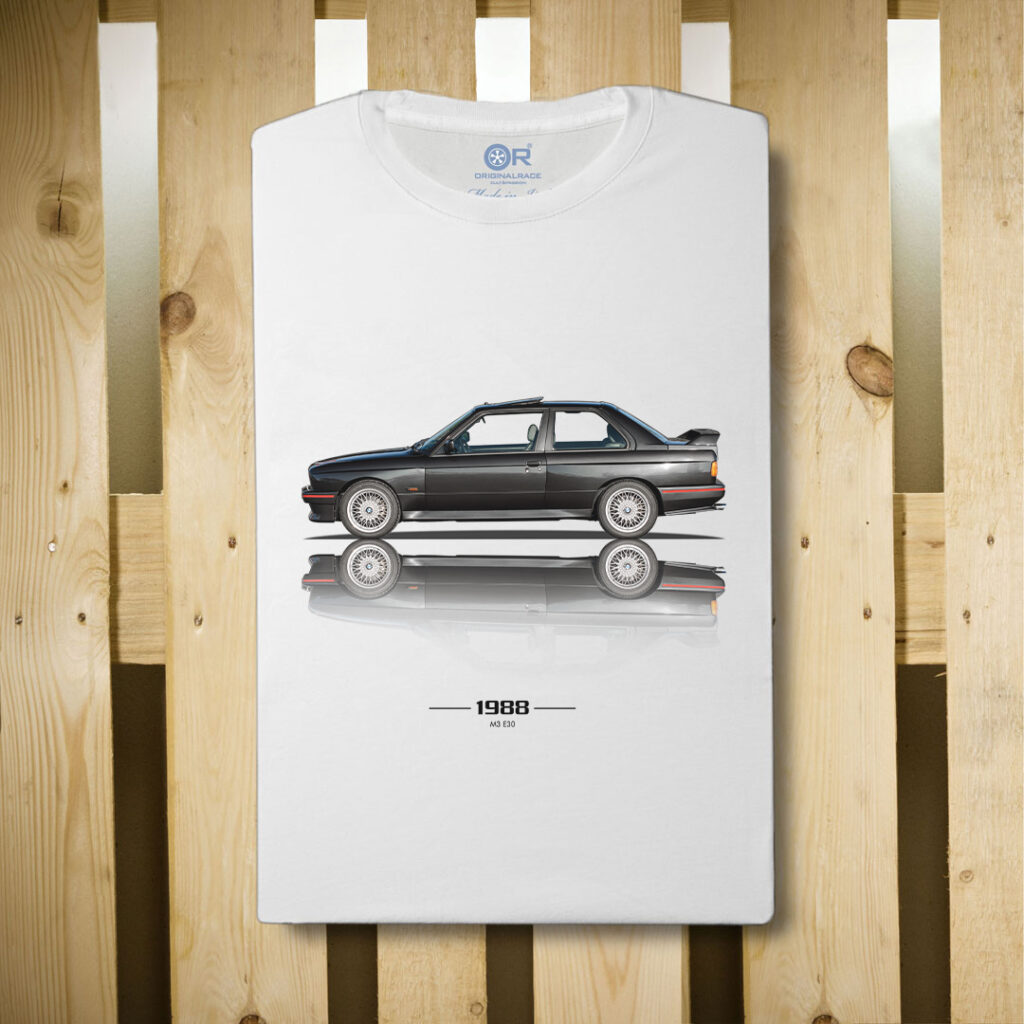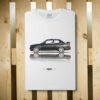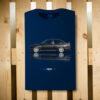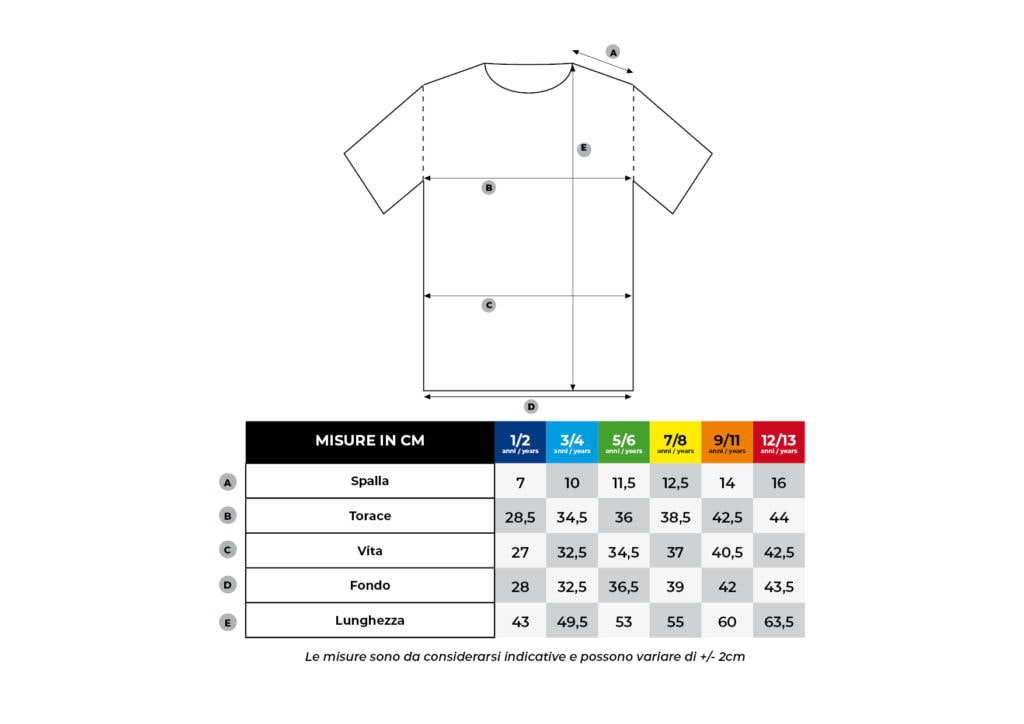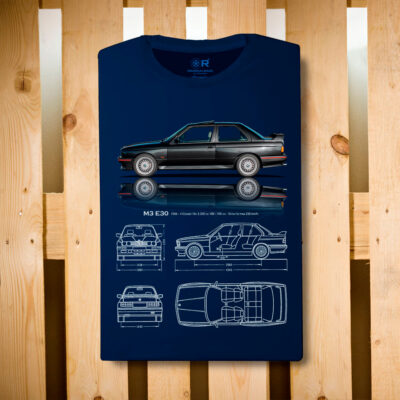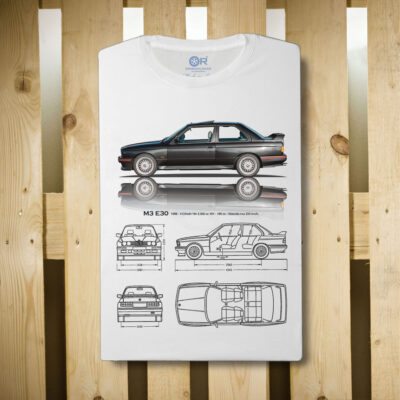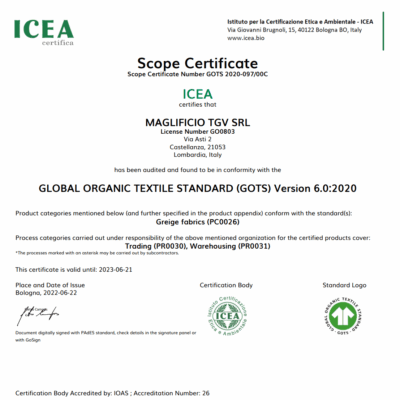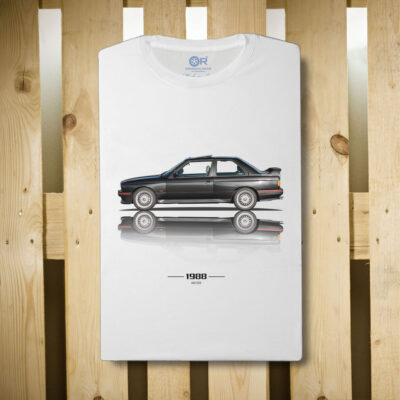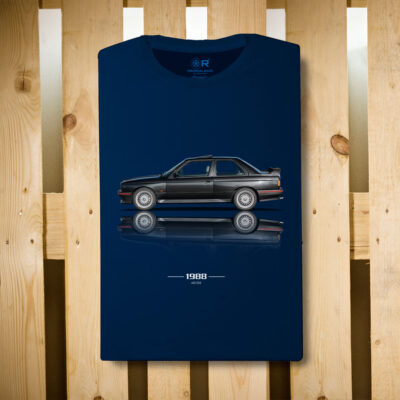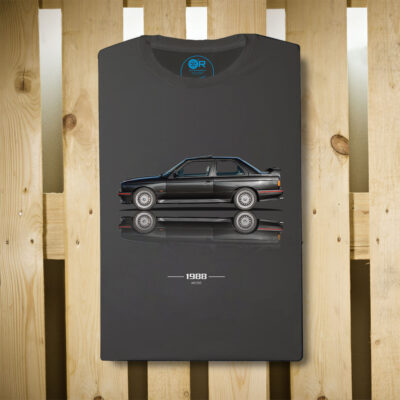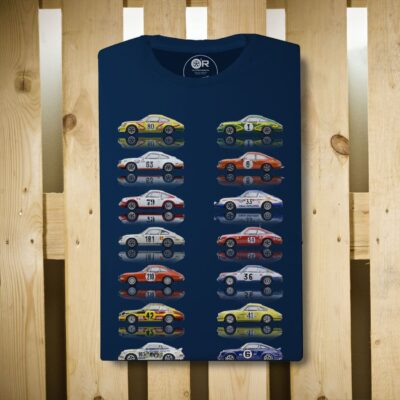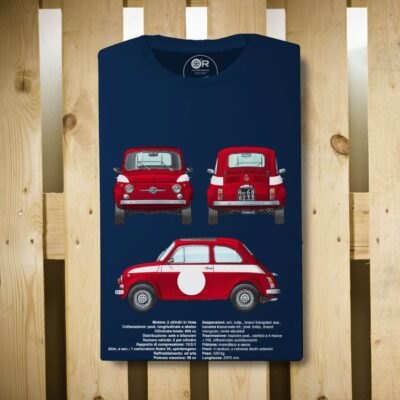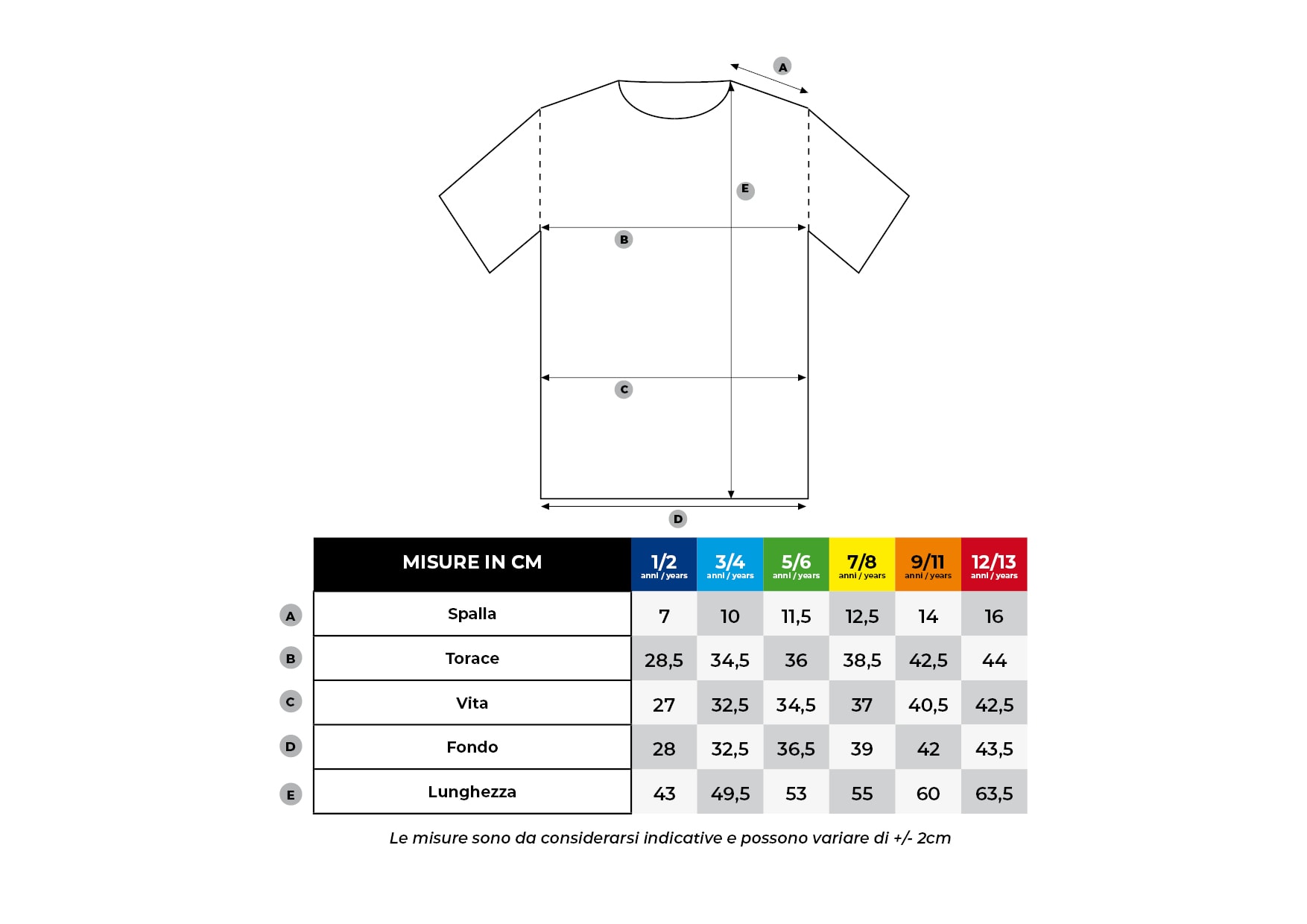No products in the cart.
An item of clothing exclusively for fans of the engines that have made history.
Wearing them is an act of love that can only be understood by those who are moved by opening the bonnet of a car and are flooded by the mix of smells of petrol and burnt oil, the soul of mechanics. For these people, Original Race was born, a premium line made in San Marino where every single model was created from photographs of cars actually owned by us or by our loyal customers. Top quality short-sleeved T-shirts. The graphics are made in a mixed technique between illustration and photography, making each OR T-shirt a unique work of art. All our prints are made using a manual process, small differences between the t-shirts are to be considered a feature of the exclusivity of the product.
PRODUCT INFO
100% cotton T-shirt. Regular fit with excellent resistance to washing, wash at 30° inverted. Attention: OriginalRace garments are unique products in terms of size and colour. Before purchasing, please check the size chart attached next to the product sheet. For any doubts and information on the purchase please contact email customers@originalrace.com
Description
100% COTTON
REGULAR FIT
In the mid-1980s, the Bavarian manufacturer competed in the DTM and in other touring car championships with the 635 CSi, the driver Volker Strycek driving this car won the 1984 title, the inaugural year of the DTMbut success was not to be repeated in the following two seasons. The Bavarian manufacturer, in order to regain competitiveness, also decided in the wake of what the Stuttgart star manufacturer had done previously (with the 190 E 2.3-16 of 1983) to produce a road version of the 3 E30 series revised with solutions and sporting touches renamed M3from which a homologated racing variant with technical specifications of Group A.
Taking the 2 litres used in Formula 2 the technicians of the Motorsport modified its cylinder head and distribution, adopting for the first time on a 3 Series model the 4 valves per cylinder. In addition, the engine underwent extensive modification to increase its displacement.
From these premises came, at the end of the 1986the first series of the M3 derived from the Series 3 E30. Presented at the Frankfurt Motor Show of 1985, the M3 stood out clearly from the rest of the 3 Series range: in addition to a revised body (spoiler, aerodynamic appendages, large rear wing, widened mudguards, modified boot lid and rear pillar), the M3 could count on a new engine 4 cylinders in-line 16 valves by 2302 cm³ from 195 HP (143 kW) a 6750 rpm in the catalytic version and from 200 HP in the one without a catalytic converter. The braking system (4 self-ventilated discs with ABS), suspension, gearbox and set-up were adapted to the increased performance and the prospect of competitive use. The M3 thus equipped reached a top speed of 235 km/htestifying to the remarkable work done by Motorsport.
The first track test, however, was not scheduled until the spring of 1986at the Mugello circuit.
The delivery time was very long and the price was very high, but justified by the high build quality and exuberance of the engine. The first deliveries therefore took place in 1987.
But already in the 1988 the M3 underwent a thorough mechanical overhaul that increased maximum power to 215 hp (158 kW) and took on the name of "Evolution"(also called 'EVO2"). The maximum speed rose to 240 km/h. Other changes that the model Evolution introduced, were the larger wheels (16 x 7.5 inches), a thinner and lighter rear window and side windows, a larger front splitter and an additional rear spoiler.
The 1989 was the year of major innovations: on the one hand, the M3 Convertible (limited to 783 specimens), equipped, however, with the 200 hp unit of the first M3s. At 228 km/h, the M3 became one of the benchmark convertibles in terms of performance. On the other hand, certain requirements for the car's homologation in international championships forced the Bavarian manufacturer to produce a limited series (600 examples in all) named M3 Sport Evolution (sometimes referred to as 'EVO3'), equipped with a thoroughly revised version of the 'normal' 2.3 litres of the M3 'EVO2', and in this case reached a displacement of 2,467 cm³ and a maximum power of 238 hp (175 kW) a 7,000 rpm. The Sport Evolution models had an enlarged front bumper grille, an adjustable multi-position front splitter and a more generous rear wing; brake cooling ducts were also installed in place of the fog lights.
In April 1989 two limited editions were produced called Ravaglia e Cecottoboth dedicated to the homonymous pilots who won the DTM. The power of the engine equipped with a catalytic converter was increased to 158 kW (215 hp). The production of the Cecotto Edition took place in 480 specimensIn addition, a further 80 examples were produced for the Swiss market in order to meet current emission regulations, with power output reduced to 155 kW (211 hp). The Ravaglia Edition was produced in 25 units.
The first series M3 was only available in coupé and cabriolet versions; there was no M3 with a four-door saloon body.
In 1992the M3 E30 was taken out of production, as the 3 Series E36 had already been in production for two years and plans for a new M3 on that basis were already well advanced.
Additional information
| Weight | 200 g |
|---|---|
| Colour | |
| Children's sizes | 1 - 2 years, 3 - 4 years, 5- 6 years, 7 - 8 years, 9 -11 years |
You may also like…
-
Aggiungi al carrello Questo prodotto ha più varianti. Le opzioni possono essere scelte nella pagina del prodotto
-
Aggiungi al carrello Questo prodotto ha più varianti. Le opzioni possono essere scelte nella pagina del prodotto
Related products
-
Aggiungi al carrello Questo prodotto ha più varianti. Le opzioni possono essere scelte nella pagina del prodotto
-
Aggiungi al carrello Questo prodotto ha più varianti. Le opzioni possono essere scelte nella pagina del prodotto
-
Aggiungi al carrello Questo prodotto ha più varianti. Le opzioni possono essere scelte nella pagina del prodotto


